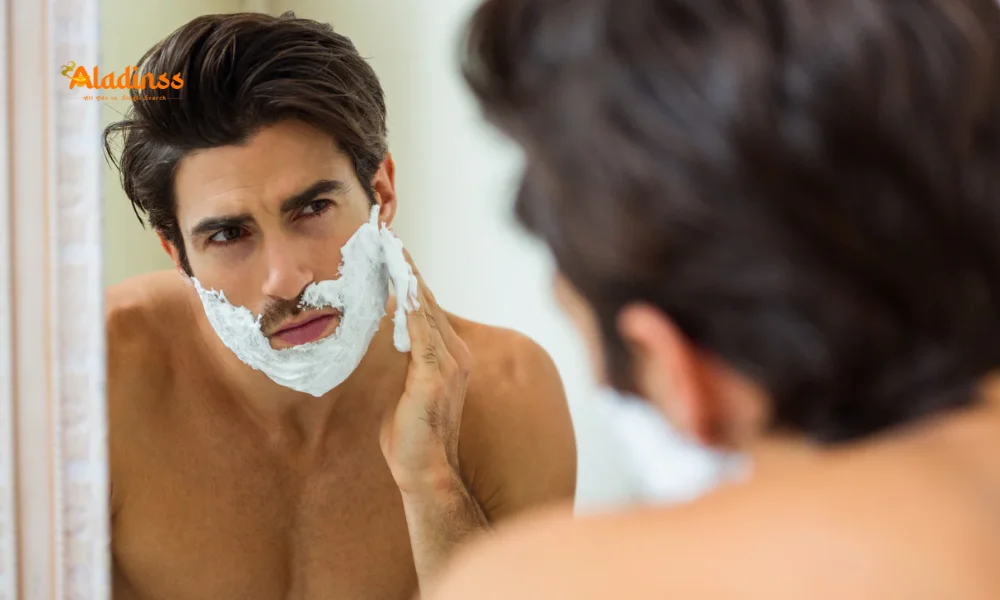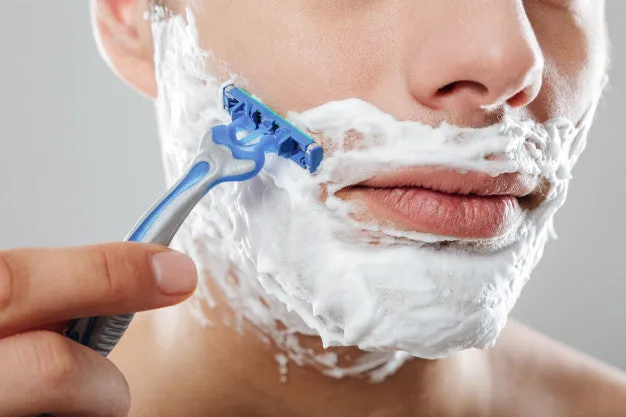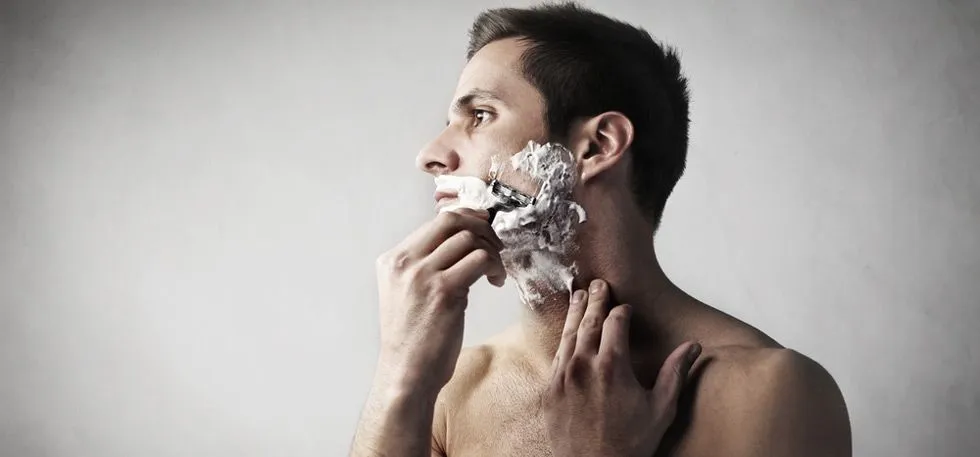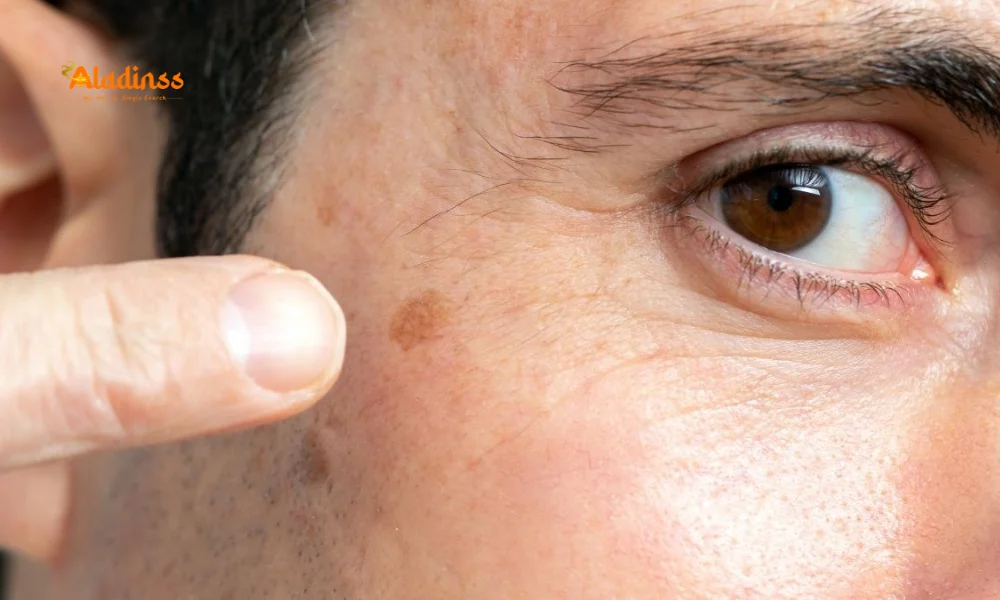How Often Should You Shave? Skin Health Tips 2025

How Often Should You Shave? Expert Tips for Healthy Skin in 2025
Shaving is a personal choice, but its impact on skin health is often overlooked. With beards becoming a popular style statement among men, especially younger generations, the question of how often to shave—or whether to shave at all—has sparked widespread debate. While some prefer a clean-shaven look, others embrace long beards, growing them for months. However, maintaining healthy skin requires more than just choosing between a beard or a clean shave. This article explores expert advice on shaving frequency, the effects of shaving on your skin, and essential skincare tips to keep your face fresh and problem-free. Whether you’re a daily shaver or a beard enthusiast, these insights will help you make informed decisions for radiant skin.

The Impact of Shaving on Skin Health
Shaving does more than just remove facial hair—it also affects the skin’s outermost layer. According to the American Academy of Dermatology Association (AAD), each time you shave, the razor removes a thin layer of dead skin cells along with the hair. While this can act as a form of exfoliation, frequent shaving without proper care can lead to irritation, razor burn, or even micro-abrasions. These issues can make the skin more susceptible to infections or dryness, especially if shaving is done daily without giving the skin time to recover.
For those who grow long beards, the skin faces different challenges. Dust, oil, germs, and dead skin cells can accumulate in the beard, clogging pores and increasing the risk of acne or folliculitis (inflammation of hair follicles). This makes regular cleansing crucial, regardless of whether you shave or maintain a beard. Experts recommend washing your face at least twice a day with a gentle cleanser suited to your skin type to prevent buildup and maintain a healthy complexion.
How Often Should You Shave?

There’s no one-size-fits-all answer to how often you should shave, as it depends on personal preference, skin type, and lifestyle. However, dermatologists generally advise against shaving every day for most people. Shaving too frequently can strip the skin of its natural oils, leading to dryness, redness, or sensitivity. Instead, shaving every other day or two to three times a week is often sufficient for a clean-shaven look while allowing the skin to heal between sessions.
For those who prefer a stubble or short beard, trimming every few days with a quality trimmer can maintain the desired length without irritating the skin. If you choose to grow a long beard, regular maintenance is still essential. Use a beard shampoo and conditioner to keep the hair and underlying skin clean and hydrated. The key is to balance your grooming routine with proper skincare to avoid issues like ingrown hairs or clogged pores.
Skincare Tips for Shavers and Beard Growers

Whether you shave regularly or sport a beard, maintaining healthy skin is non-negotiable. Start with a consistent cleansing routine to remove dirt, oil, and dead skin cells. For shavers, use a gentle face wash or cleanser before shaving to soften the hair and open the pores, reducing the risk of irritation. Post-shave, apply a soothing aftershave balm or moisturizer to hydrate the skin and prevent razor burn. Look for products with ingredients like aloe vera or chamomile to calm the skin.
For beard growers, washing the beard with a specialized beard shampoo 2–3 times a week can prevent buildup and keep the skin underneath healthy. Follow up with a lightweight beard oil or conditioner to soften the hair and moisturize the skin. Regular exfoliation, about once or twice a week, can also help prevent clogged pores and ingrown hairs. Choose a gentle exfoliating scrub to avoid irritating the skin, especially if you shave frequently.
Moisturizing: The Key to Healthy Skin
Moisturizing is a critical step for both clean-shaven faces and bearded ones. Shaving can deplete the skin’s natural moisture, leading to dryness and flakiness. A good moisturizer restores hydration and strengthens the skin’s barrier, protecting it from environmental damage. Opt for a non-comedogenic moisturizer to avoid clogging pores, especially if you have oily or acne-prone skin. Ingredients like hyaluronic acid or glycerin are excellent for locking in moisture without leaving a greasy residue.
For those with beards, moisturizing the skin beneath the beard is equally important. Beard oils containing natural ingredients like jojoba or argan oil can hydrate the skin and prevent itchiness or flaking. Apply a small amount of oil after washing your beard, massaging it into the skin to ensure even distribution. Daily moisturizing, whether you shave or not, helps maintain a smooth, healthy complexion and reduces the risk of skin problems.
Choosing the Right Tools for Shaving
The tools you use for shaving play a significant role in skin health. A sharp, high-quality razor is essential to minimize irritation and achieve a smooth shave. Dull blades can tug at the hair and cause micro-cuts, increasing the risk of infections or razor bumps. Consider using a multi-blade razor or an electric shaver for a gentler experience, and replace blades regularly—every 5–7 shaves, depending on hair thickness.
Using a shaving cream or gel can also make a big difference. Look for products designed for sensitive skin to reduce friction and provide a protective barrier during shaving. Avoid using regular soap, as it can dry out the skin and lead to irritation. For beard trimmers, invest in a high-quality device with adjustable settings to maintain your desired length without causing skin damage. Proper tools and techniques are key to a comfortable and effective grooming routine.
Common Shaving Mistakes to Avoid
Many people unknowingly make mistakes that harm their skin during shaving. One common error is shaving against the grain, which can cause ingrown hairs and irritation. Always shave in the direction of hair growth for a smoother, safer experience. Another mistake is skipping pre-shave preparation, such as washing the face or applying a warm towel to soften the hair. This step makes shaving easier and reduces the risk of cuts or burns.
Avoid pressing too hard on the razor, as this can damage the skin and cause razor burn. Instead, use light, gentle strokes and let the razor do the work. Finally, don’t skip post-shave care—applying an alcohol-free aftershave or moisturizer is crucial to soothe the skin and prevent dryness. By avoiding these mistakes, you can achieve a clean, comfortable shave that keeps your skin healthy.
Balancing Beard Growth and Skin Health
For those who prefer growing a beard, maintaining skin health is just as important as grooming the beard itself. Long beards can trap dirt, oil, and bacteria, leading to clogged pores and skin issues like acne or folliculitis. To prevent this, wash your beard regularly with a mild shampoo and follow up with a conditioner to keep the hair soft and manageable. Regular brushing with a beard comb can also distribute natural oils evenly, preventing dryness and itchiness.
Exfoliating the skin beneath the beard once a week can help remove dead skin cells and prevent ingrown hairs. If you notice persistent skin issues, such as redness or irritation, consult a dermatologist to rule out conditions like seborrheic dermatitis. By combining proper beard care with a solid skincare routine, you can enjoy a healthy, well-groomed beard without compromising your skin’s health.
Comment / Reply From
No comments yet. Be the first to comment!






